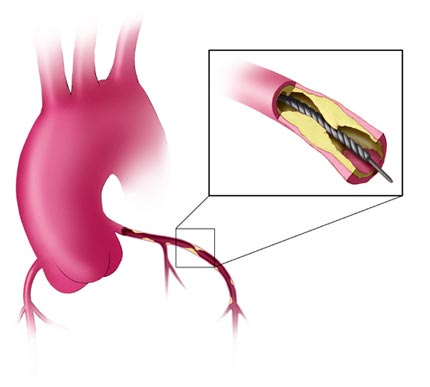ABI/PVR
A PVR study is a noninvasive vascular test in which blood pressure cuffs and a hand-held ultrasound device (called a Doppler or transducer) are used to obtain information about arterial blood flow in the arms and legs. Noninvasive means the procedure does not require the use of needles, dyes, radiation or anesthesia. The blood pressure cuffs and Doppler are used to determine the presence, severity and general location of peripheral arterial occlusive disease.
More...
